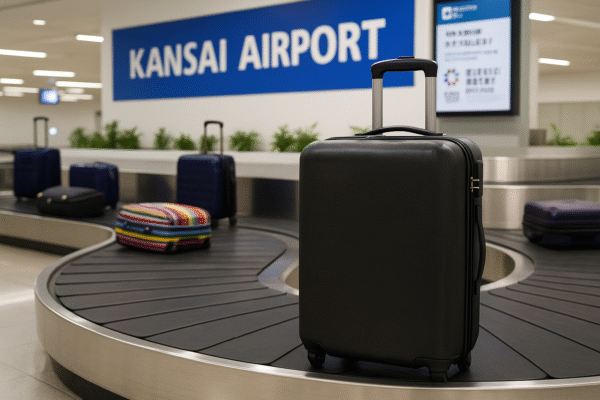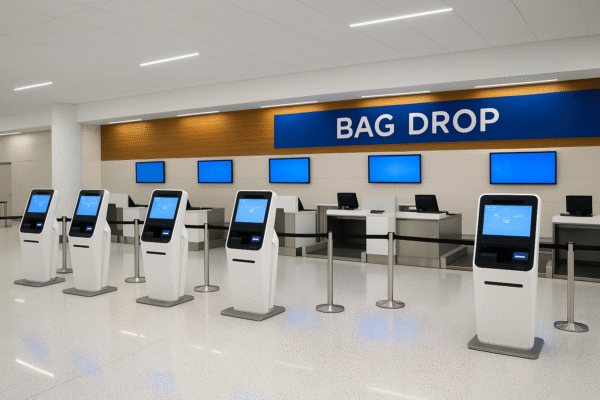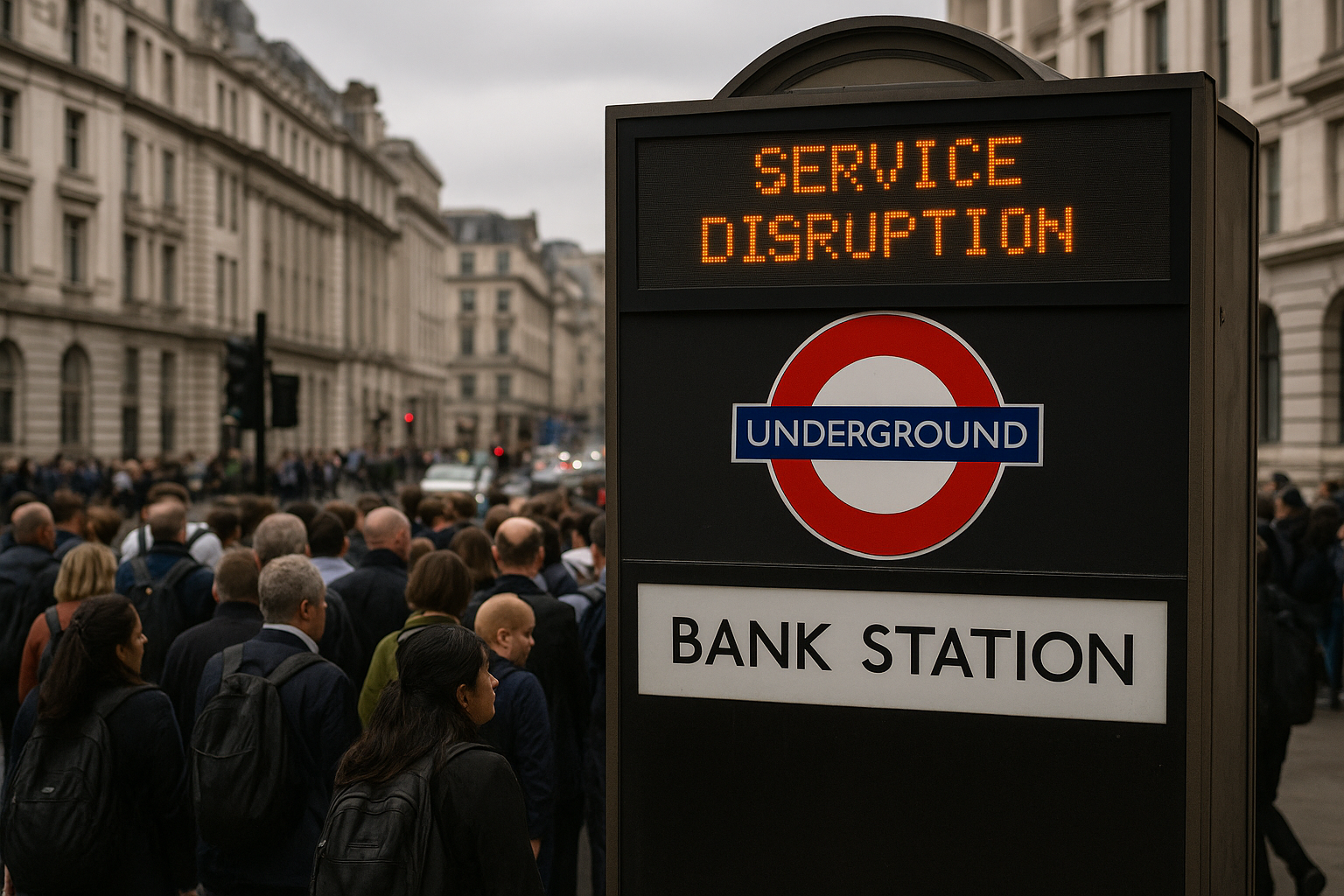Tourists and commuters in London are experiencing widespread travel disruption this week following a critical fault at Tower Hill station. The issue has led to the full suspension of the District Line between Tower Hill and Whitechapel, a key section serving thousands of daily travelers. The disruption has now expanded to include Aldgate East, Bank, Monument, Liverpool Street, and Fenchurch Street, causing ripple effects across the capital’s transport network.
According to Transport for London (TfL), the disruption stems from a significant track fault that began at Tower Hill, a major interchange and access point for both tourists and professionals working in the City of London. The closure of this vital segment of the District Line, one of the oldest and most heavily used lines in the London Underground, has left stations across central and east London gridlocked during peak travel times.
Key Tourist Routes Impacted
Travelers planning to visit the Tower of London, St. Paul’s Cathedral, or the Bank of England Museum have been advised to seek alternative routes. Popular stations such as Bank, Tower Hill, and Monument, typically bustling with tourists heading to iconic landmarks and professionals commuting to financial institutions, are currently experiencing service interruptions or overcrowding.
Additionally, Liverpool Street and Fenchurch Street—vital for regional rail and Overground connections—have also reported significant commuter congestion. The affected stations form a critical part of London’s public transport spine, linking the East End, financial district, and key visitor zones.
Commuter Disruption at Peak Hours
The disruption has intensified during the morning and evening rush hours, with thousands of commuters facing extended travel times and detours. TfL’s official website and real-time status updates have advised passengers to use the Circle Line or Hammersmith & City Line where possible. However, those lines are now also experiencing knock-on delays due to surging passenger numbers.
Bank Station, a vital node connecting the Central, Northern, and Waterloo & City lines, is grappling with crowd control measures. Similarly, Aldgate East, which serves as a secondary entry point to London’s creative and heritage-rich East End, has seen large queues and station congestion.
TfL Urges Passengers to Plan Ahead
TfL has activated its Journey Planner tool and encouraged all users to check for live updates through its app and website. Official advisories recommend travelers plan their journeys in advance, avoid peak hours where possible, and consider London Buses as a substitute. Bus tickets are accepted across the network, providing a flexible alternative, particularly in Zones 1-2.
For real-time navigation, passengers are advised to follow @TfL on Twitter/X and activate push notifications via the app. TfL staff are also present at affected stations to help commuters navigate the complex rerouting challenges.
Bakerloo and Overground Lines Also Hit
Adding to the disruption, the Bakerloo Line is facing minor delays due to train cancellations, particularly affecting routes through Oxford Circus and Paddington. Meanwhile, the Mildmay Line (London Overground) has been impacted by a signal failure at Clapham Junction, leading to slow movement between Clapham Junction and Willesden Junction.
While these secondary delays are not as severe, they compound the overall stress on London’s already-strained transport infrastructure.
Economic and Tourism Impact
The travel chaos is more than just an inconvenience; it’s beginning to have measurable economic effects. Businesses located near Tower Hill, Bank, and Cannon Street, many of which rely on employee footfall and lunch-hour customers, are witnessing reduced activity. Tourism operators running walking tours or guided heritage trips are reporting late arrivals and cancellations.
For London’s hospitality sector, especially in the summer travel season, the delay could impact bookings and day-tour schedules. According to VisitBritain, the capital draws millions of tourists in July, and a large proportion depend on the Underground to explore the city’s historical and cultural sites.
Restoration Timeline Remains Unclear
TfL has stated that engineers are working “round the clock” to identify and fix the fault at Tower Hill. Although no definitive timeline has been given, past disruptions of this scale have taken anywhere from 12 hours to several days to resolve, depending on the complexity of track repairs.
Until then, TfL has stressed that restoring the District Line service is a top priority, and passengers should continue to rely on official TfL communication channels for updates.
Advice for Affected Travelers
- Avoid peak hours (7:30–9:30 AM and 5–7 PM) if possible.
- Use the TfL Journey Planner to identify alternate routes.
- Consider bus travel, particularly for short-distance journeys.
- If you’re a tourist, replan your itinerary to visit less crowded sites.
Final Word
London’s transport disruptions underscore the fragility of even the most advanced urban infrastructure. As the District Line repair effort continues, both residents and visitors must adapt by planning ahead and utilizing alternative travel routes.
In the meantime, patience and flexibility remain key. For tourists, this may be an unexpected opportunity to explore lesser-known corners of London, while for commuters, it’s a temporary but disruptive reminder of the city’s ever-evolving transport demands.
For more travel news like this, keep reading Global Travel Wire


















